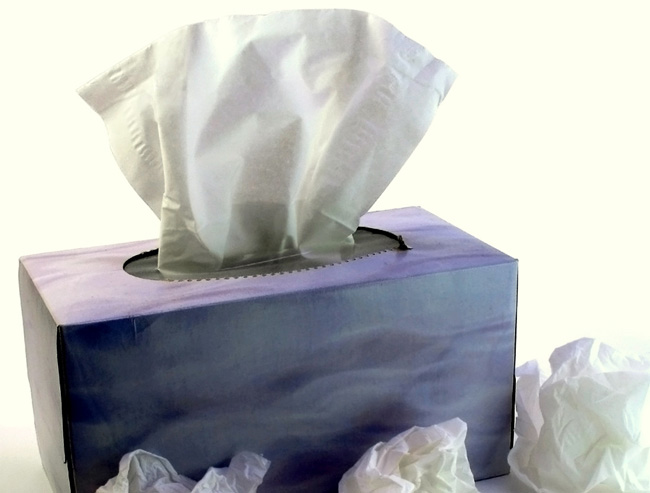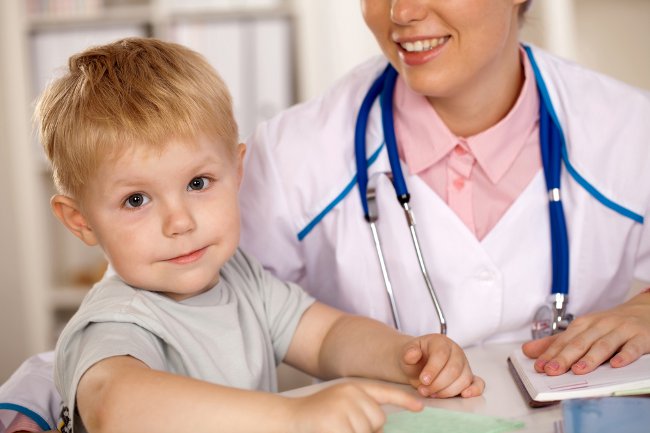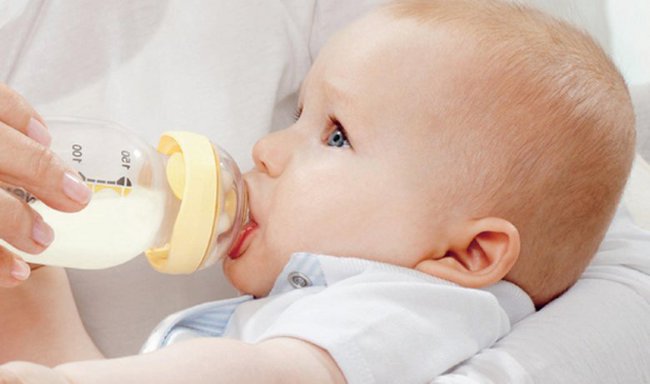Staphylococcus aureus in infants
 Staphylococcus aureus is the causative agent of manyinfections and diseases, one of the most commonly infected bacteria in hospitals and other medical institutions. Especially defenseless before golden staphilococcus are newborn children, because their immunity is still very weak. Than dangerous Staphylococcus aureus in infants?
Staphylococcus aureus is the causative agent of manyinfections and diseases, one of the most commonly infected bacteria in hospitals and other medical institutions. Especially defenseless before golden staphilococcus are newborn children, because their immunity is still very weak. Than dangerous Staphylococcus aureus in infants?Constant carriers of Staphylococcus aureus are about one fifth of the population, usually the bacterium remains on the mucous membranes of the upper respiratory tract and skin integument. Staphylococcal infection is transmitted by airborne, by contact and by food. Staphylococcus aureus is extremely resistant to external influences.
Newborns usually face golden staphylococcus in the hospital, almost immediately after birth. Staphylococcal infection is one of the most common hospital infections, it is usually recorded as flaresepidemic in maternity homes and other medical institutions where small children are kept. The bacteria are transferred through contaminated objects, food (mixture or milk), hands of medical personnel or mothers.
Staphylococcus aureus in infants can cause a wide range of diseases. It can affect the skin and subcutaneous tissue(dermatitis, pustules, erosion), mucous membranes (conjunctivitis, stomatitis), digestive system (gastritis, enteritis, colitis), respiratory system (bronchitis, laryngitis, pneumonia), genitourinary system (pyelonephritis, cystitis), nervous system (encephalitis, meningitis ). The incubation period can range from several hours to several days.
However, Staphylococcus aureus in infantsdoes not always cause any disease. According to some information, by the fifth day of stay in the maternity hospital, bacteria are more than 90% of newborns, but not all are affected. At risk, children with reduced immunity. All the pathologies of pregnancy and childbirth, prematurity, body weight deficit, etc., become the causes of immunity decrease.
Treatment of Staphylococcus aureus is carried out in a hospital. The child is placed in an isolated box andprescribe antibiotics. Staphylococcus aureus is resistant to penicillin, therefore other antibiotics are used for treatment. Also appoint probiotics, enzymes, immunostimulants and vitamins, a special diet.
How to prevent the infection of the child with Staphylococcus aureus? For prevention is more responsible notparents of the child, and medical personnel. It is very important that the maternity hospital regularly examine pregnant, medical and attendant staff and promptly treat the detected staphylococcal diseases. Also of great importance is compliance with the rules of sanitary and hygienic regime: regular wet cleaning of the premises, disinfection of items of care, toys, etc., the proper storage of infant formulas.
Unfortunately, it is impossible to precisely control whether the staff observes all these rules. therefore it is very important to approach the choice of the maternity home responsiblyin which all thesanitary and epidemiological standards. And it is desirable not only to rely on the advice of girlfriends, but also to ask the opinion of a qualified obstetrician-gynecologist.
What parents can do for preventionStaphylococcal infection, except for finding a maternity home? It is advisable even before the birth of a child to undergo an examination for the carriage of Staphylococcus aureus (with both parents). After discharge from the hospital, it is important to follow the rules of personal hygiene, maintain cleanliness in the house, monitor the quality of food. These rules seem simple and obvious, but, nevertheless, some parents for some reason they are neglected.
Staphylococcal infection in newborns at home is less common than in maternity hospitals and hospitals, but this does not mean that a child can not get sick at home. therefore at any alarming symptoms, you need to see a doctor as soon as possible, and not engage in self-medication.














